Unsure how to use vinegar in cooking, or which type of vinegar goes well in a certain recipe? Let’s explore the various types of vinegar and their characteristics, uses, and benefits!
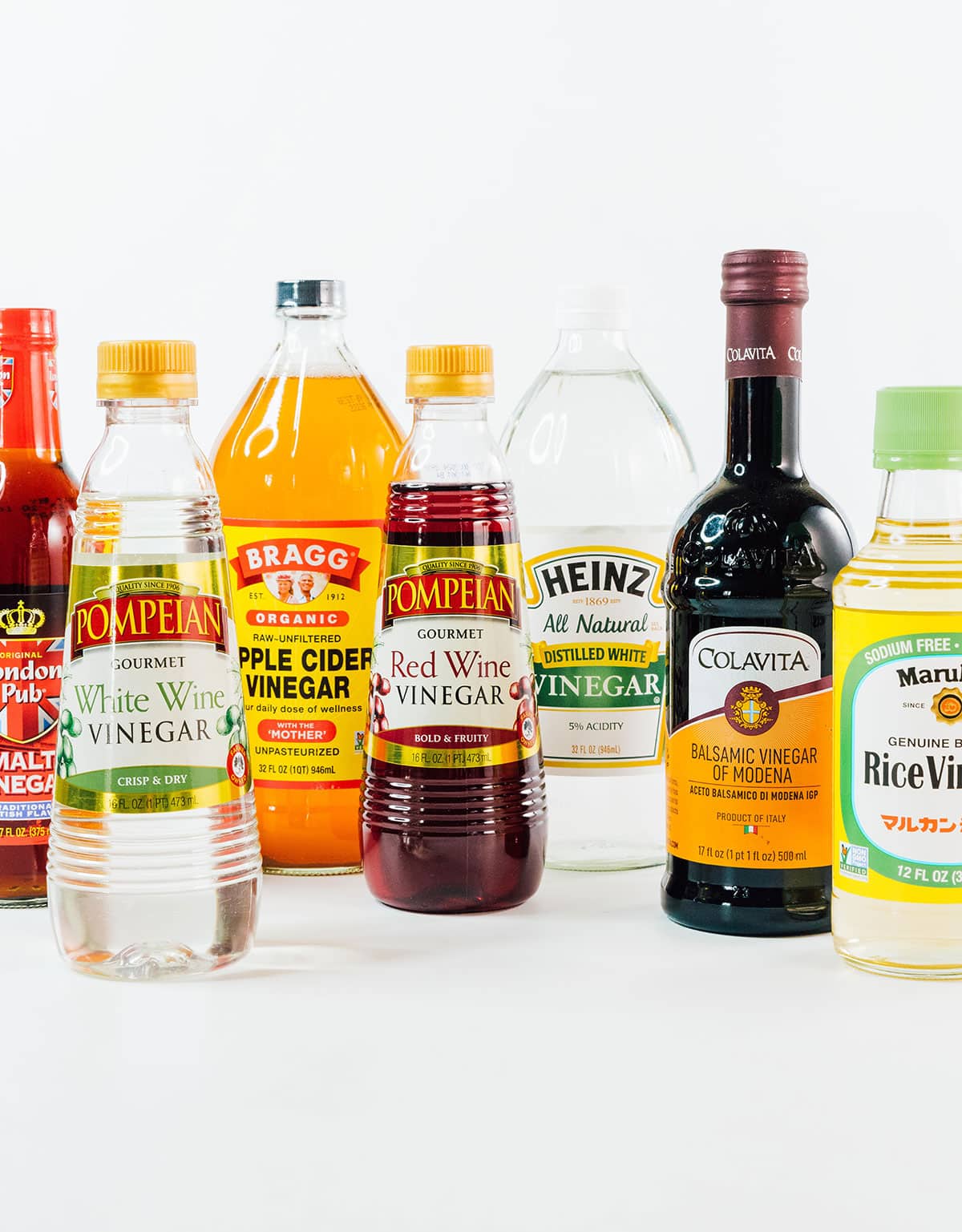
Vinegar is a versatile ingredient that has been used for centuries in cooking, cleaning, and even as a remedy for various ailments. There are many different types of vinegar available, each with its own unique flavor and uses.
In this post, we’ll explore the various types of vinegar and their characteristics, uses, and benefits. From common types such as apple cider vinegar and balsamic vinegar to lesser-known varieties like rice vinegar and peach vinegar, we will cover everything you need to know about this versatile ingredient! Whether you’re a seasoned cook or just looking to expand your culinary horizons, this post will provide you with all the information you need to know about vinegar.
What is Vinegar and How is Vinegar Made?
The origin of the word vinegar is French as the original words were “vin aigre” meaning “sour wine”. This was an apt name as vinegar is in effect alcohol that has been fermented a second time while exposed to both oxygen and acetic acid bacteria. With this second fermentation the alcohol turns sour giving us vinegar. This means that vinegar can be made from just about anything one can use to make alcohol, fruits, grains, vegetables, honey, you name it. If it can be fermented into alcohol, then it can be further fermented into vinegar. The commonality between all vinegars is the multi-step fermentation process.
Vinegar Trivia
Whose last drink was vinegar? (scroll to the bottom of this post for the answer)
a. Socrates
b. Jesus
c. Napoleon
d. Gandhi
How long have people been using vinegar?
The first written mention of vinegar we can identify was from the Ancient Babylonians about 5,000 years ago. Vinegar was then often made from dates or figs. There is also evidence of vinegar use in Ancient Egypt and Ancient China. By the time the Greek and Roman Empires ascended (2,500 years ago), vinegar was well established around the world.
The rise of commercially produced vinegar started in France about 500 years ago, and it was Louis Pasteur who discovered that the key fermenting agent in vinegar was acetic acid bacteria. In ancient times fermenting vinegar often took months, but modern science has the process down to a few days for some types of vinegar. Okay, that was probably more info than you wanted on the history of vinegar, but here at Live Eat Learn we think knowing where food came from is both interesting and important in appreciating the endless possibilities of ingredients!
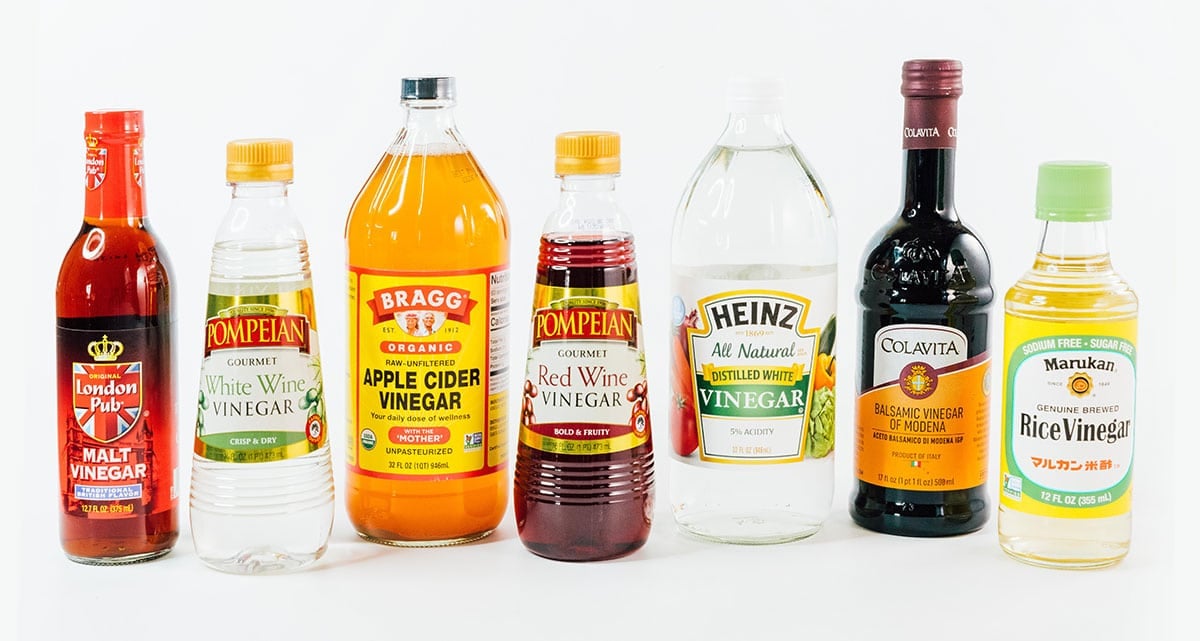
Is vinegar good for you?
Some studies have suggested that vinegar may have health benefits, such as helping to lower blood sugar levels, promoting weight loss, and improving heart health. Consuming large amounts of vinegar can be harmful, as it can cause damage to the esophagus and tooth enamel
But the question “is vinegar good for you” isn’t completely straight forward. Most types of vinegar have a small smattering of vitamins and minerals the level of which generally depends on what the vinegar was made from. Vinegar is generally not calorie dense, but again this depends on the type. The chart below shows select nutritional information for one fluid ounce of several common types of vinegar.
| 1 fl oz | Calories | Sugar | Potassium |
| Balsamic | 24 | 4.2g | 31mg |
| Cider Vinegar | 6 | 0.1g | 26mg |
| Distilled Vinegar | 5 | 0g | 1mg |
| Malt Vinegar | 11 | 3.7g | 0mg |
| Red Wine Vinegar | 5 | 0g | 11mg |
How To Store Vinegar
Just keep your vinegar in the pantry or cupboard. There is no need to refrigerate it, which is probably part of the reason it gained worldwide popularity thousands of years ago. It won’t go bad! Now with some forms of vinegar you may see some sediment form in the bottom of the container over time, but it is harmless. You can strain it out and keep the vinegar, or just ignore it.
Should I spend more on “high quality” vinegar?
If you are buying white distilled vinegar then just buy the least expensive. If, however, you are looking at Balsamic or any of the myriad of other varieties of vinegar and plan to use it in your salad dressing or other cooking, then let’s just say you often get what you pay for. Look at the ingredients on the label. If there are extraneous added ingredients like added sugar, coloring, extracts, or preservatives, treat that as a warning sign and get a different brand.
Most Popular Types of Vinegar
We aren’t going to list all vinegars in strictly alphabetical order here. We’ll start with some of the most commonly used types of vinegar, then list some of the more exotic or rare types at the end!
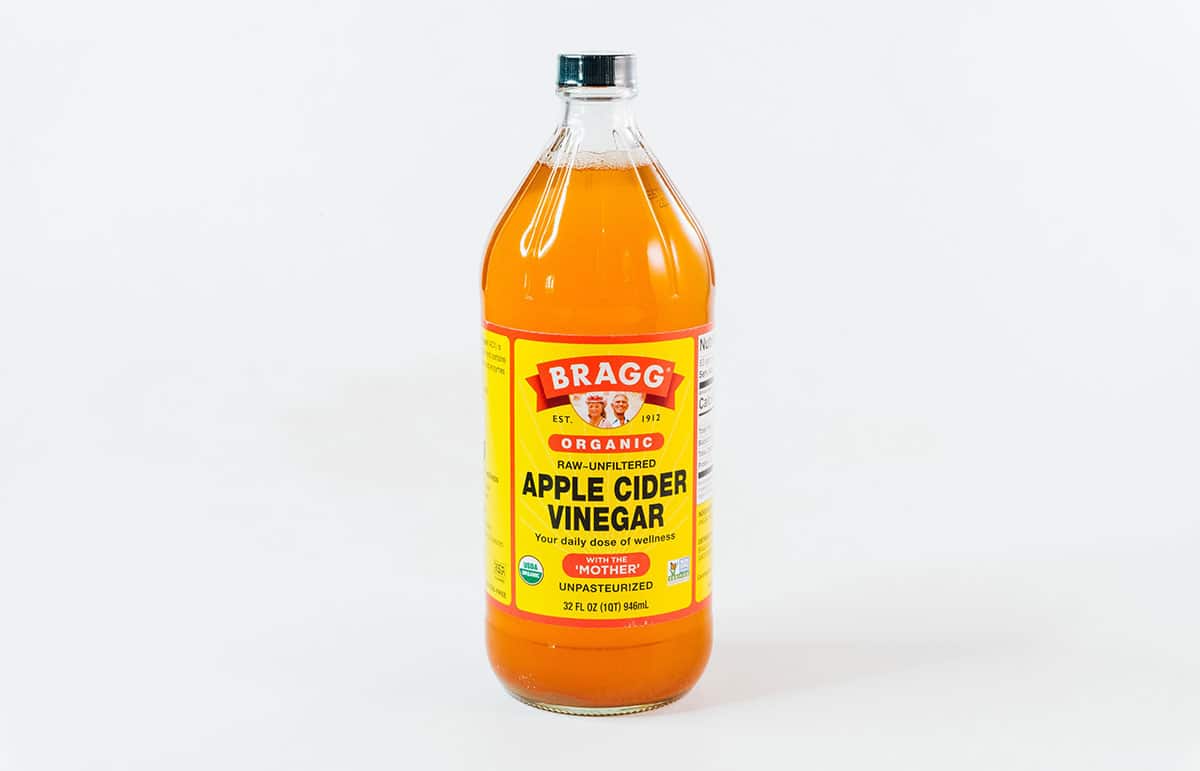
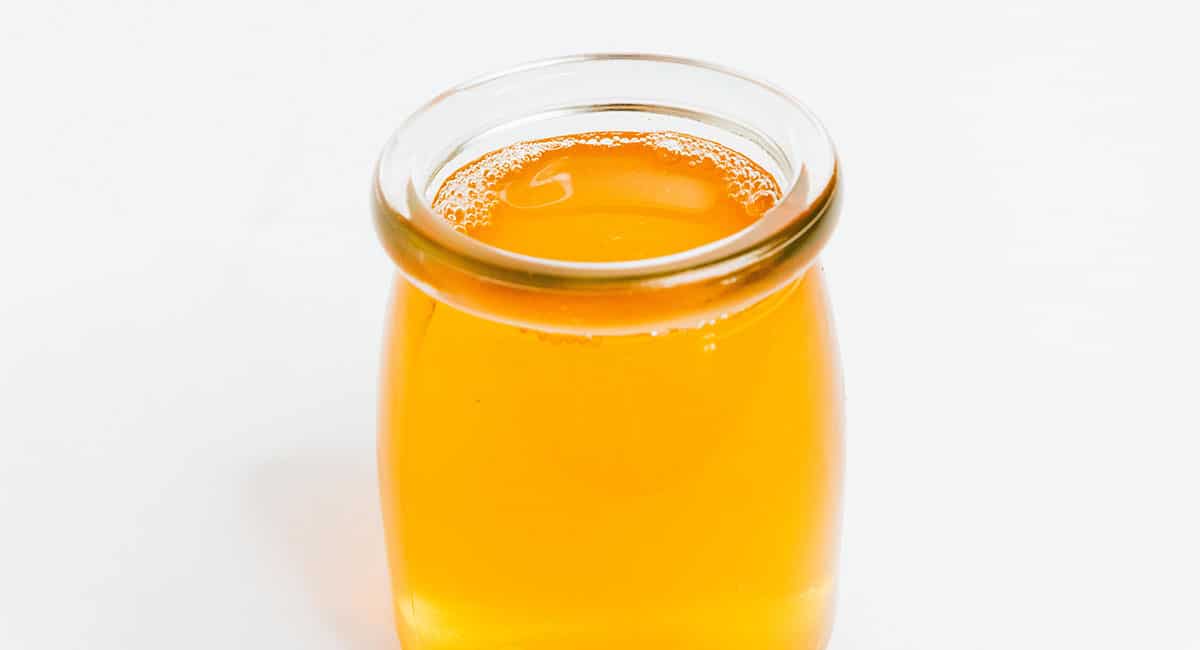
Apple Cider Vinegar
Apple cider vinegar is made from either chopped or crushed apples which are allowed to ferment as discussed previously. Apple cider vinegar is commonly used in salad dressing, marinades, and for some folks a drink (generally diluted with water).
We like apple cider vinegar in this Sauerkraut Salad, but our favorite use is pickling. Here at Live Eat Learn we have pickled just about everything you can imagine. If you want to give that a try with cider vinegar give our Quick Pickled Vegetables Guide a look.
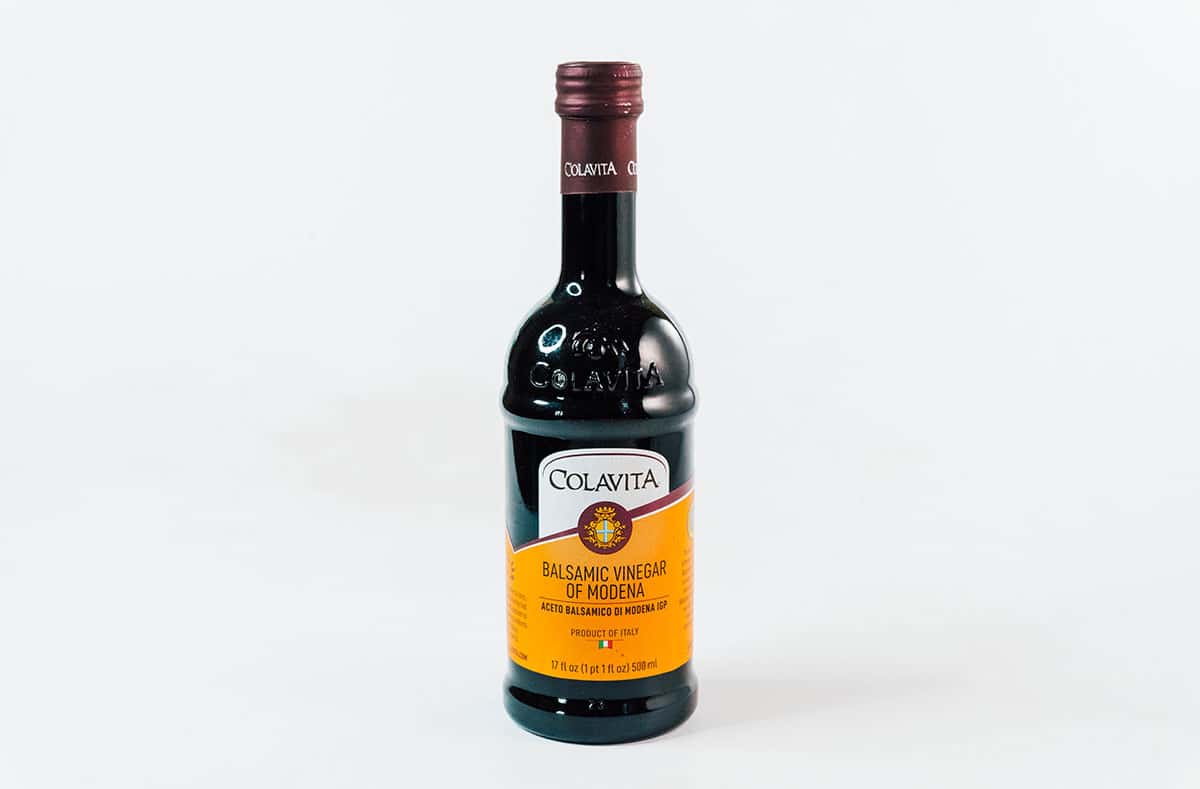
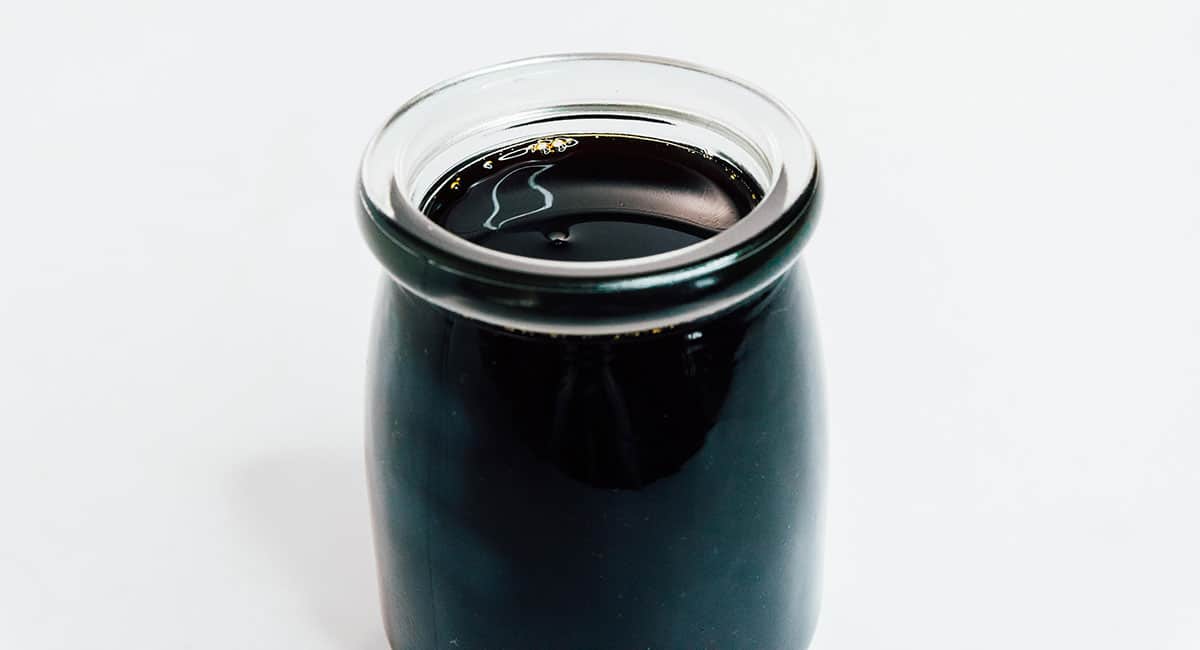
Balsamic Vinegar
Balsamic vinegar, along with white distilled and apple cider vinegar, is one of the most commonly found types of vinegar in the American pantry. Balsamic is of Italian origin with the first known mentions of it occurring about 1,000 years ago. It is made from the juice of pressed grapes which is what gives it its higher caloric and sugar content shown in the nutrition chart shown earlier. By tradition, quality Italian balsamic vinegar was aged for 12 years or more, but most of what you will find in the store was aged for only a matter of months.
Balsamic is commonly used with Bruschetta, Brussels sprouts, a variety of Italian cuisines, and of course on salads. You can do much more than just drizzle balsamic on your salads. Try making your own vinaigrette – this Blueberry Balsamic Vinaigrette is easy to make in a manner of minutes, and is a refreshing addition to a summer garden salad. The uses of balsamic vinegar are pretty broad.
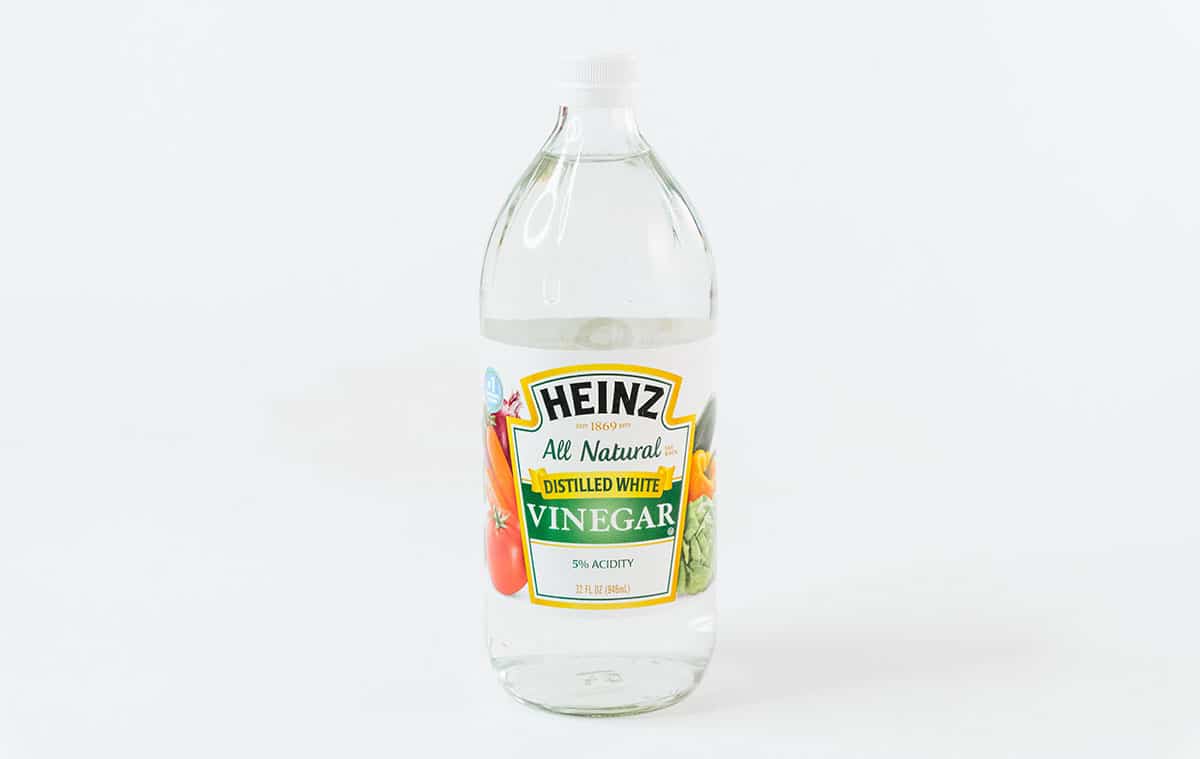
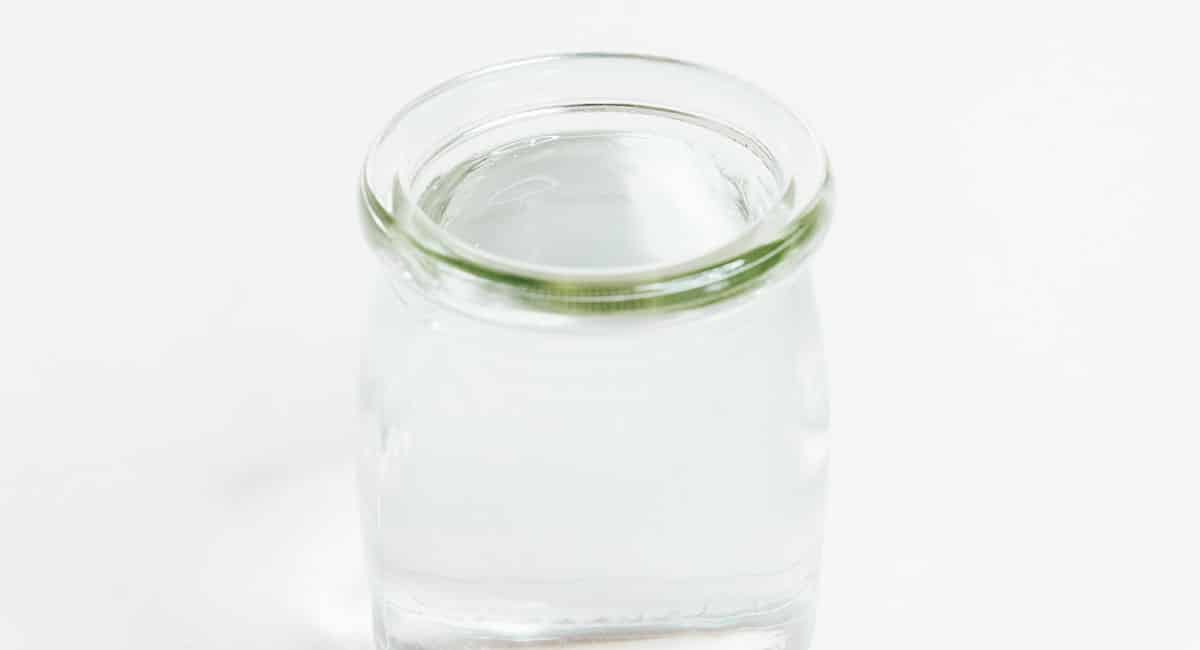
Distilled White Vinegar
Distilled white vinegar is the one type of vinegar you don’t need to really worry about quality with. Just buy that big jug, put it in the pantry, and pull it out when needed. Distilled vinegar is made from grain alcohol with the extra fermentation stage.
Distilled vinegar is great outside of culinary use. Use it to remove stains and smells, to defog mirrors, teeth whitening, cleaning, etc. We would caution you, however, to check out this Consumer Reports Article on what NOT to clean with distilled vinegar before using it as a cleaning agent.
Like apple cider vinegar, our favorite use is in pickling particularly if you don’t want the apple cider vinegar flavor. Try it with this Easy Pickled Red Cabbage.
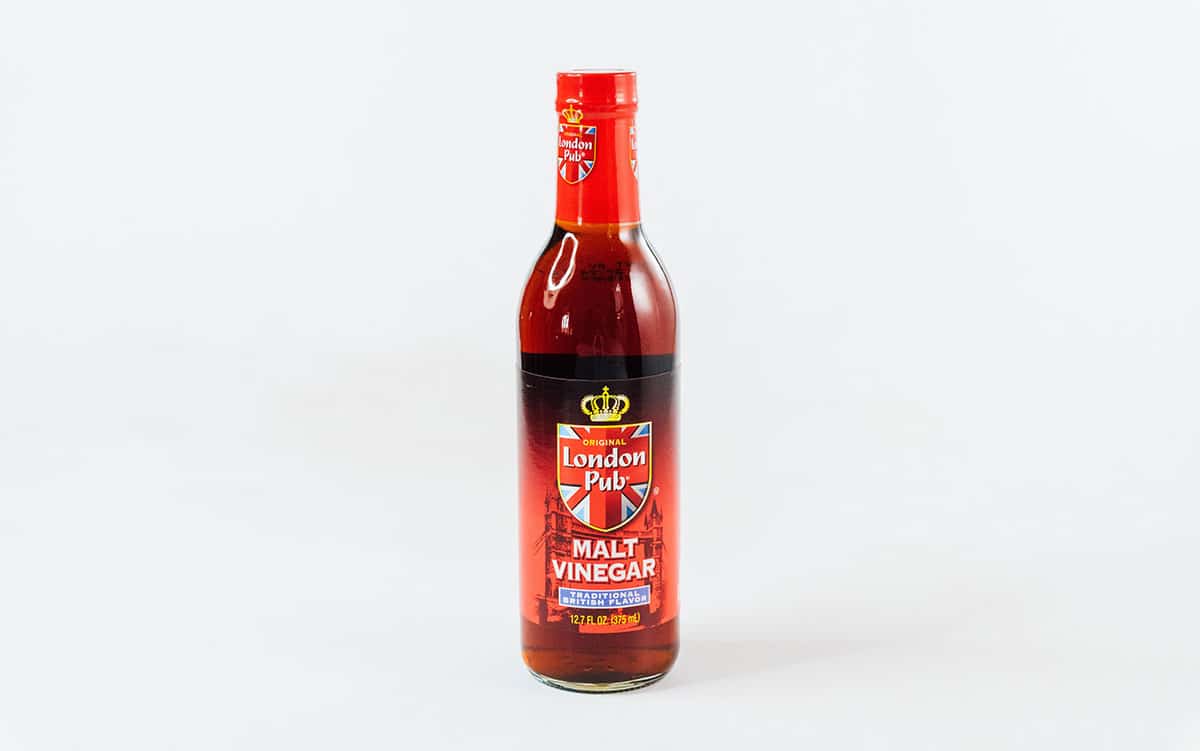
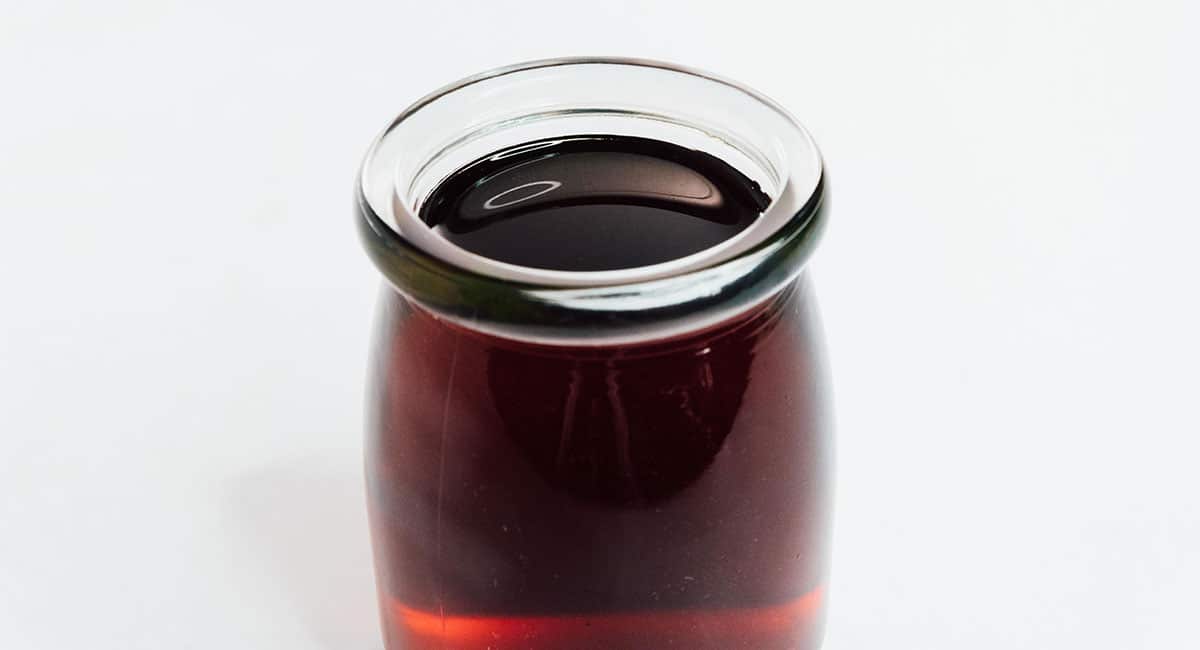
Malt Vinegar
Malt vinegar is made by malting barley, which is brewed into an ale-like substance that you probably don’t want to drink. This brew is then fermented yet again transforming the alcohol into vinegar.
Malt vinegar is most commonly used as a condiment and is the magic sauce for traditional British Fish ‘n Chips. It is certainly healthier and less caloric than a good helping of tartar sauce. It also works well in sweet-sour marinades & glazes, chutney, and coleslaw. If you are vegetarian, vegan, or just have vegan friends over from time to time try malt vinegar on these Vegan Fish and Chips.
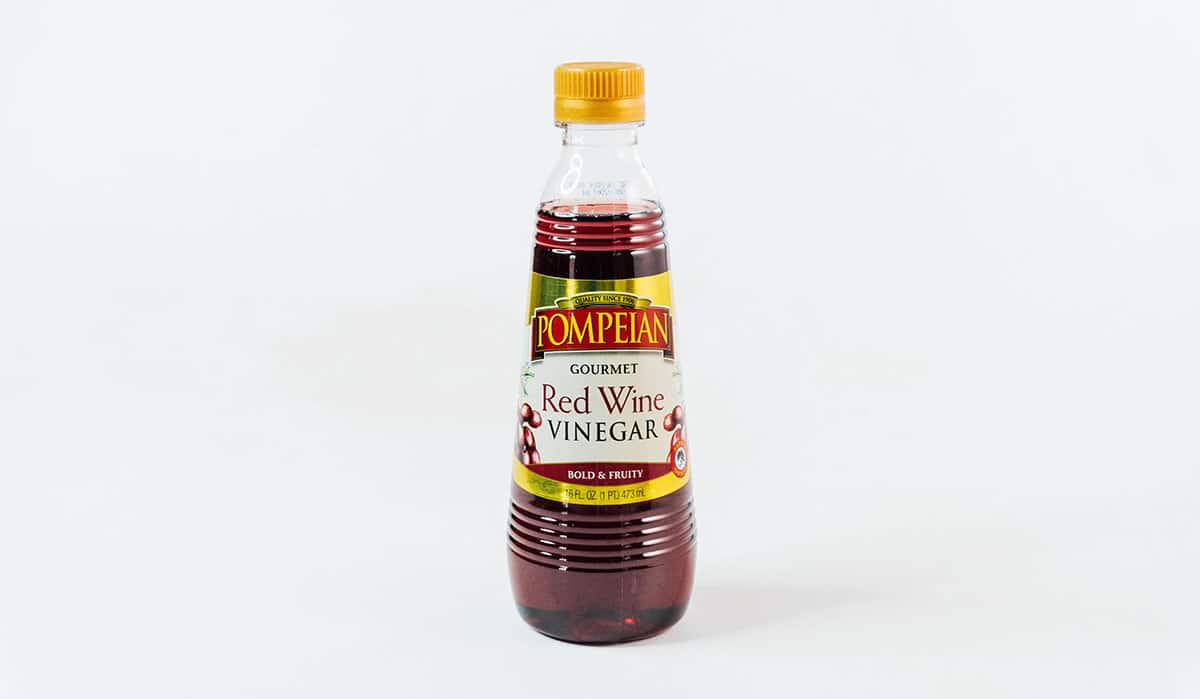
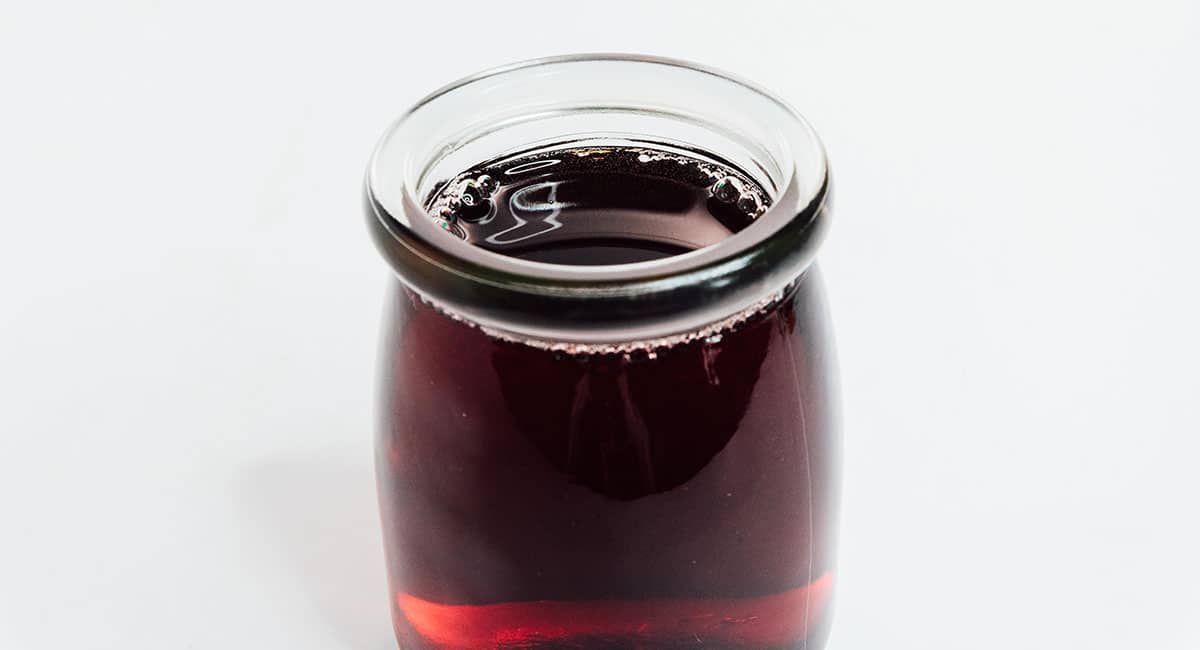
Red Wine Vinegar
Vinegar can be made from any type of wine, but red wine is the most commonly used. Don’t worry, wine based vinegar won’t get you drunk. The red grapes are fermented into red wine, which in turn is again fermented into vinegar. The process drops the alcohol content to somewhere between 0.2% and 0.5%.
Red wine vinegar will add a pink hue to your cooking and slightly fruity flavors. It can be used in all manner of cooking. Like other types it is great in marinades, pickling, and salad dressings. But also with chicken, beans, and grilled veggies. Try this Grilled Romaine Salad, for example!
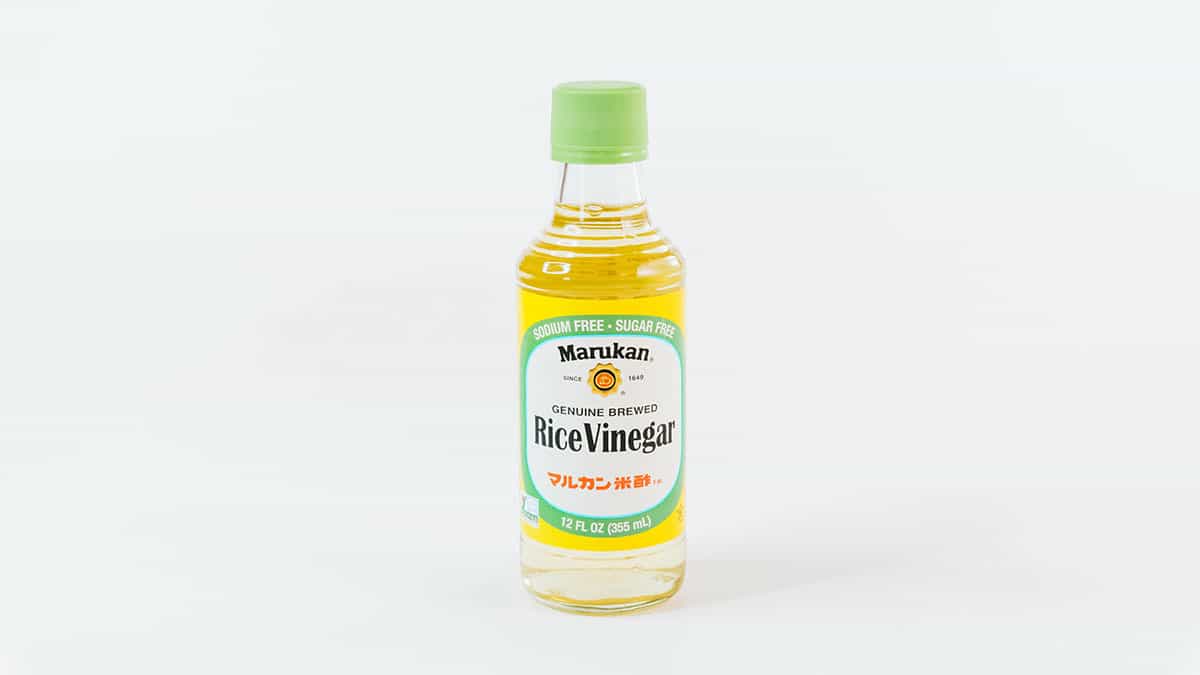
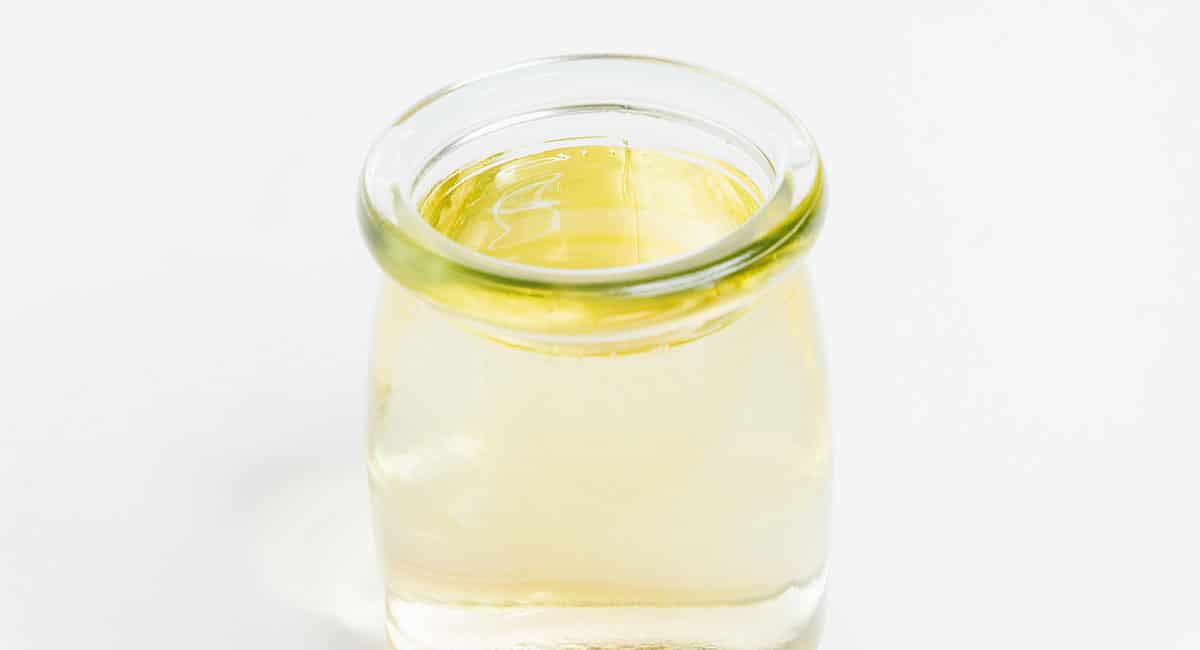
Rice Vinegar
Rice vinegar is also called rice wine vinegar. It is most commonly used in Asian cuisine, and has been for thousands of years. Rice vinegar is made from fermented rice wine with the second fermentation common to all vinegars.
In Asian cuisine it is used in sauces, marinades, sautéing vegetables, stir-fries, dipping sauces, and of course sushi. You may see it sold as seasoned rice vinegar which is simply riced vinegar with spices added and commonly used in different Sushi Recipes. From the kitchen’s of Live Eat Learn we think you might like this vegetarian General Tso’s Cauliflower made with rice vinegar.
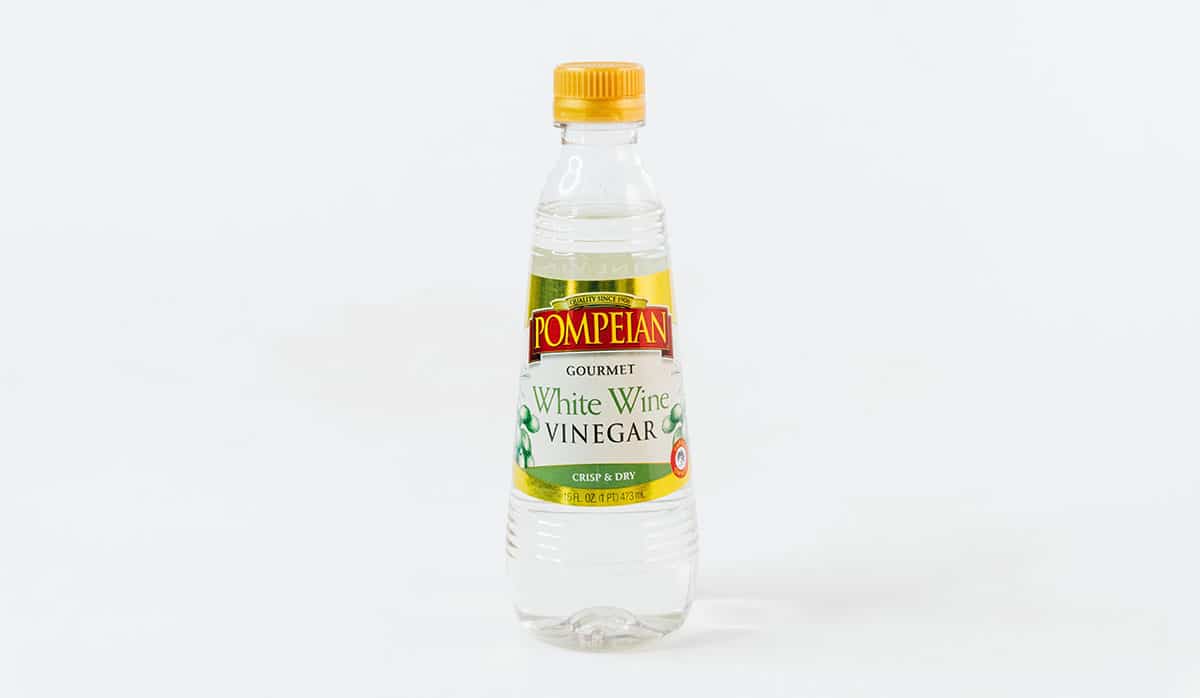
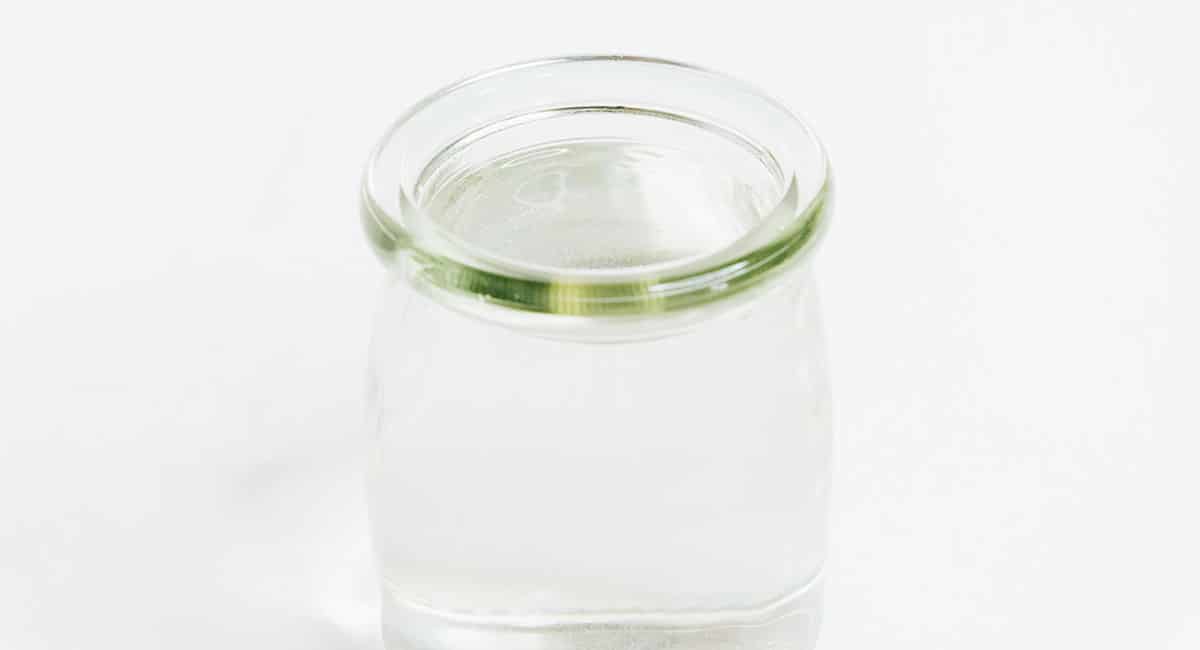
White Wine Vinegar
White wine vinegar is not the same as distilled white vinegar. Distilled white vinegar is grain based, while white wine vinegar is grape based. The white wine vinegar is much less acidic than the distilled vinegar. White wine vinegar is a good choice in hollandaise, vinaigrette, braising, pickling (it won’t leave a pinkish hue like red wine vinegar), coleslaw, potato salads, dressings, and diluted as a kitchen cleaner.
Other Types of Vinegar
The types of vinegar listed above are the most commonly used and commercially available types, but there are thousands of types of vinegar in the world! Here are a few other types of vinegar that you can find either in your grocery, by special order, or perhaps by making them yourself!
Apricot Vinegar
Apricot vinegar is the first of just a few types of fruit vinegar we will list. You can make vinegar out of any fruit as they are very fermentable. Your choice obviously depends on the flavor profile you are looking for. Apricot vinegar is good in glazes or chicken or pork, in salad dressings, and vinaigrette.
Beer Vinegar
Like malt vinegar, beer vinegar is a good option to dip or splash on your fish n chips. The two types are not, however, the same. Beer vinegar is made by subjecting beer to a second fermentation. If you read our description of malt vinegar above we described the malt substance as being ale like. You generally wouldn’t want to drink the malt liquid before fermenting it into malt vinegar, but if you change your mind with beer vinegar and decide to just have it as a brew you can as it is just beer. The type of beer will obviously affect the taste, but like wine vinegars the residual alcohol is negligible. Common uses for beer vinegar include on roasted vegetables, casseroles, lasagna, sauces, marinades, salad dressings, and even in pancakes.
Black Vinegar
Black vinegar is another type of rice vinegar. It is made differently across Asia as each nation uses different grains according to their local customs. In Korea brown rice is most commonly used, and Japanese black rice vinegar may be made from brown rice or barley aged 3-12 months. Taiwan makes it with sticky rice, and China uses a variety of grains such as sorghum and wheat bran for several sub-varieties of black vinegars. You have probably used Chinese black vinegar at Chinese restaurants as a dipping sauce as this is a common use. It is also used in braising, sauces, stir-fries, and soups. Black rice vinegar tends to be more acidic than red rice vinegar and thus less sweet.
Cane Vinegar
Cane vinegar is a common ingredient in Filipino cuisine where for centuries sugar cane has been an important cash crop. Cane vinegar is made by fermenting molasses, and there is a wide variety of quality in this vinegar variety largely dependent on age. The cheaper variants are bottled after a short fermenting period and tend to be light in color. More expensive varieties are barrel aged and have a darker color. Common uses of cane vinegar include as meat marinade and tenderizer, dips, deglazing a pans after cooking, and in preserves.
Champagne Vinegar
Contrary to what the name suggests, champagne vinegar is not made by fermenting champagne. It is just made from the same grapes used to make champagne, typically Pinot Noir, Pinot Meunier, or Chardonnay grapes. Champagne vinegar is often used in hollandaise and vinaigrette recipes, but you will also find interesting uses for it in recipes for homemade mayonnaise and to spruce up tomato sauce.
Chili Vinegar
We mention several popular fruit vinegars here, but if that isn’t your thing perhaps the endless possibilities of chili vinegar would be more to your liking. Chili vinegar varieties are used in fried rice, stir-fried vegetables, noodles, and soups. It is made by infusing vinegar with chillies to spice up the flavor. If you want to experiment with different levels of hotness, there are a variety of online sites with instructions on how to make homemade chili vinegar! You might check out our 29 Types of Peppers from Mild to OMG guide for ideas on what peppers you could use.
Coconut Vinegar
Coconut vinegar is made from the flowers of coconut trees, and is most commonly used in Indian, Thai, Filipino, and some other Southeast Asian cuisines. It can also be found in some pork taco meat recipes as Mexican cuisine is another use. It does not have a coconut flavor and is generally a bit sweeter than apple cider vinegar for which it can be substituted.
Fig Vinegar
Figs have been used in vinegar for thousands of years as they were commonly grown throughout the Middle East since before recorded history. Fig vinegar is often used as a marinade for all sorts of meats or over vegetables in a vinaigrette. You can get Fig Vinegar at Whole Foods or Amazon.
Honey Vinegar
Honey vinegar starts with mead. The mead is subjected to a second fermentation with oxygen and an acetobacter to produce vinegar. Commercially it is mostly made in Europe, particularly Italy, France, and Spain, but you may be able to find it locally from vendors who produce various other products from honey.
Peach Vinegar
Peach vinegar is another rather specialized fruit vinegar often used as a glaze for pork , poultry, or fruit, as well as on salads and on roasted veggies if you want a mildly sweet tang. Give it a try by drizzling it over this Grilled Peach Caprese Recipe.
Raisin Vinegar
Raisin vinegar is popular in Middle Eastern cuisine particularly in Turkey. It is typically made by adding raisins to alcohol then subjecting the mixture to fermentation. It is often used in pickling, salad dressing, fruit salads, marinades, and sometimes bread.
Red Rice Vinegar
Red rice vinegar is the third variety of rice vinegar we discuss, and is sometimes referred to as Chinese Red Vinegar. It is made from red rice yeast cultivated with the mold Monascus Purpureus, and sometimes sorghum or barley. It has a red hue that distinguishes it from standard rice vinegar and has a sweet wine-like flavor. Red rice vinegar is quite mild as it has only half the acidity of its white rice counterpart (approximately 2.5% vs 5%).
Sherry Vinegar
True sherry vinegar has to be made in Cadiz, Spain. It is made by applying a second fermentation to sherry wine, but it must further have an acidity level of not less than 7% and be aged in oak for not less than six months.
Sherry vinegar labeled Reserva has been aged not less than 2 years, and those bottles labeled Gran Reserva have been aged at least 10 years. When you look at the various bottles, the older varieties should have a darker color. While this seems like a lot of regulation, it does ensure the consistency and continuity of sherry vinegar’s unique flavor which is often described as being between the various wine vinegars which are particularly acidic and balsamic vinegar.
Vinegar trivia Answer
B – Jesus.

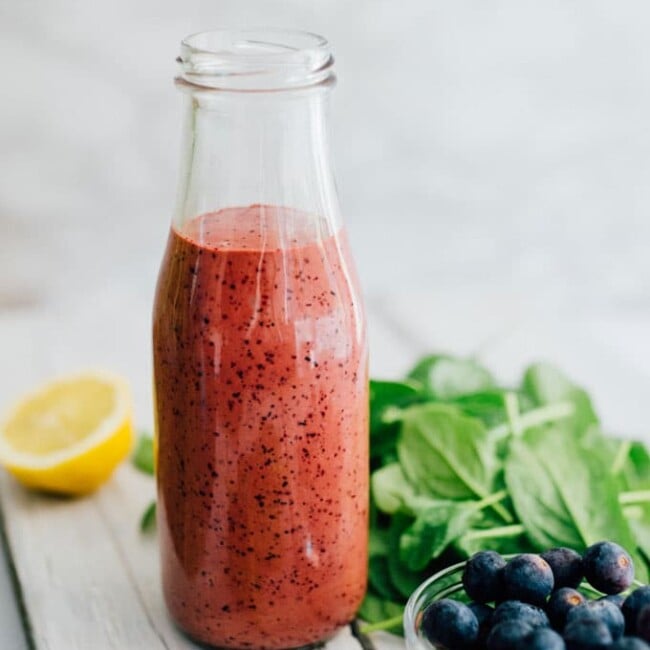
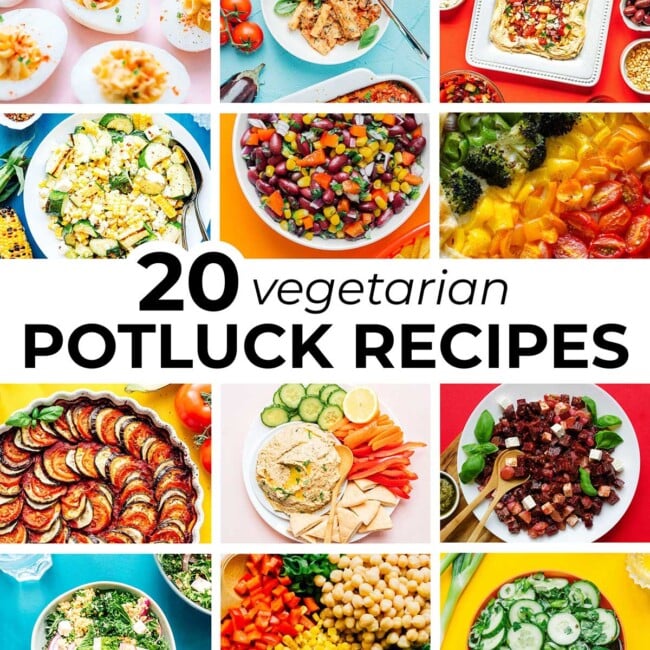
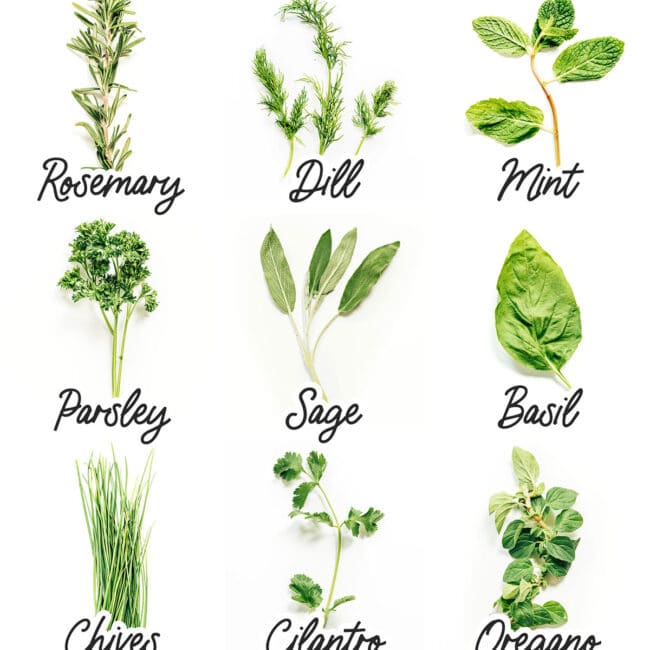
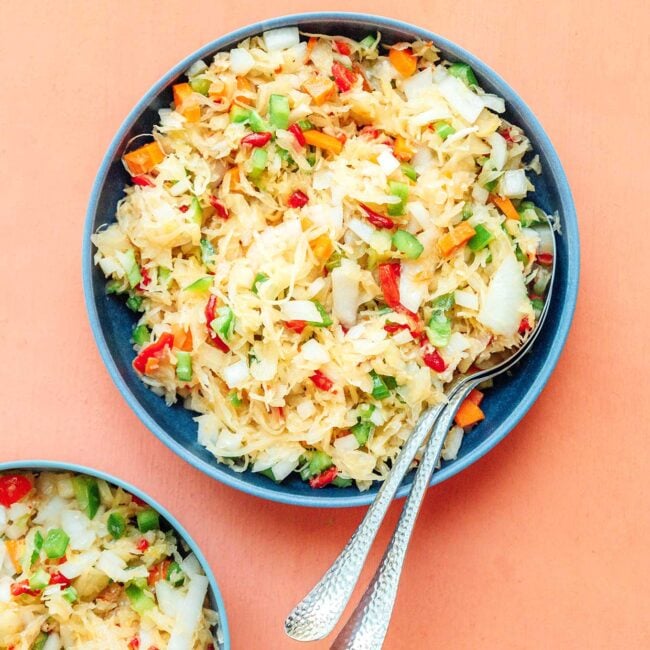
Gw says
Hey, this was a really helpful guide. I have been going to your site for 5-6 years now as my go-to recipe site, but also find your guides helpful.
Sarah Bond says
I’m so happy to hear it! Enjoy! 😀